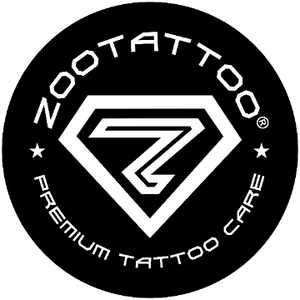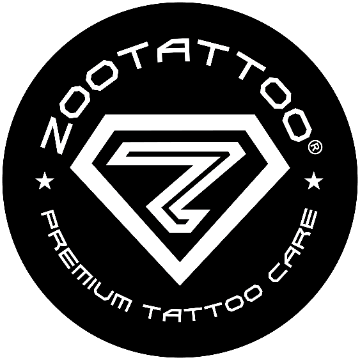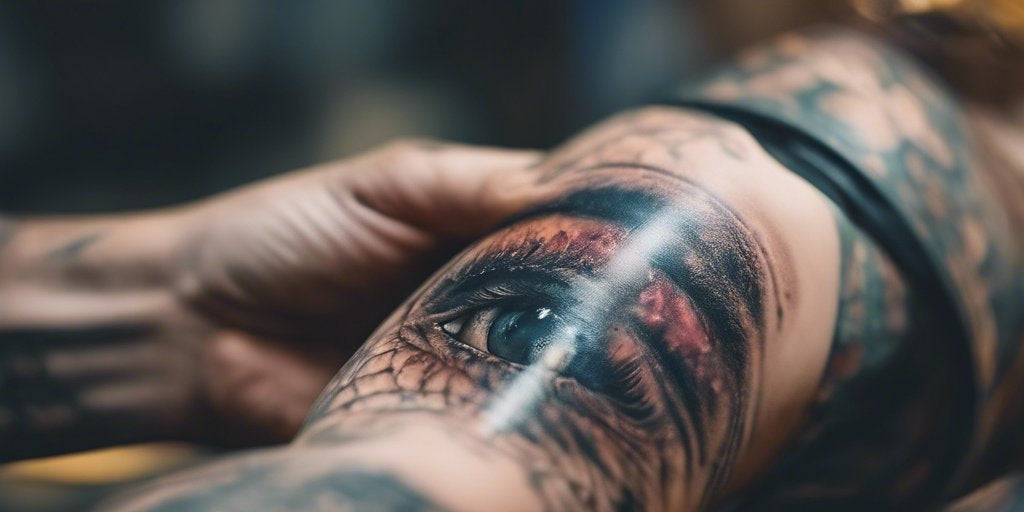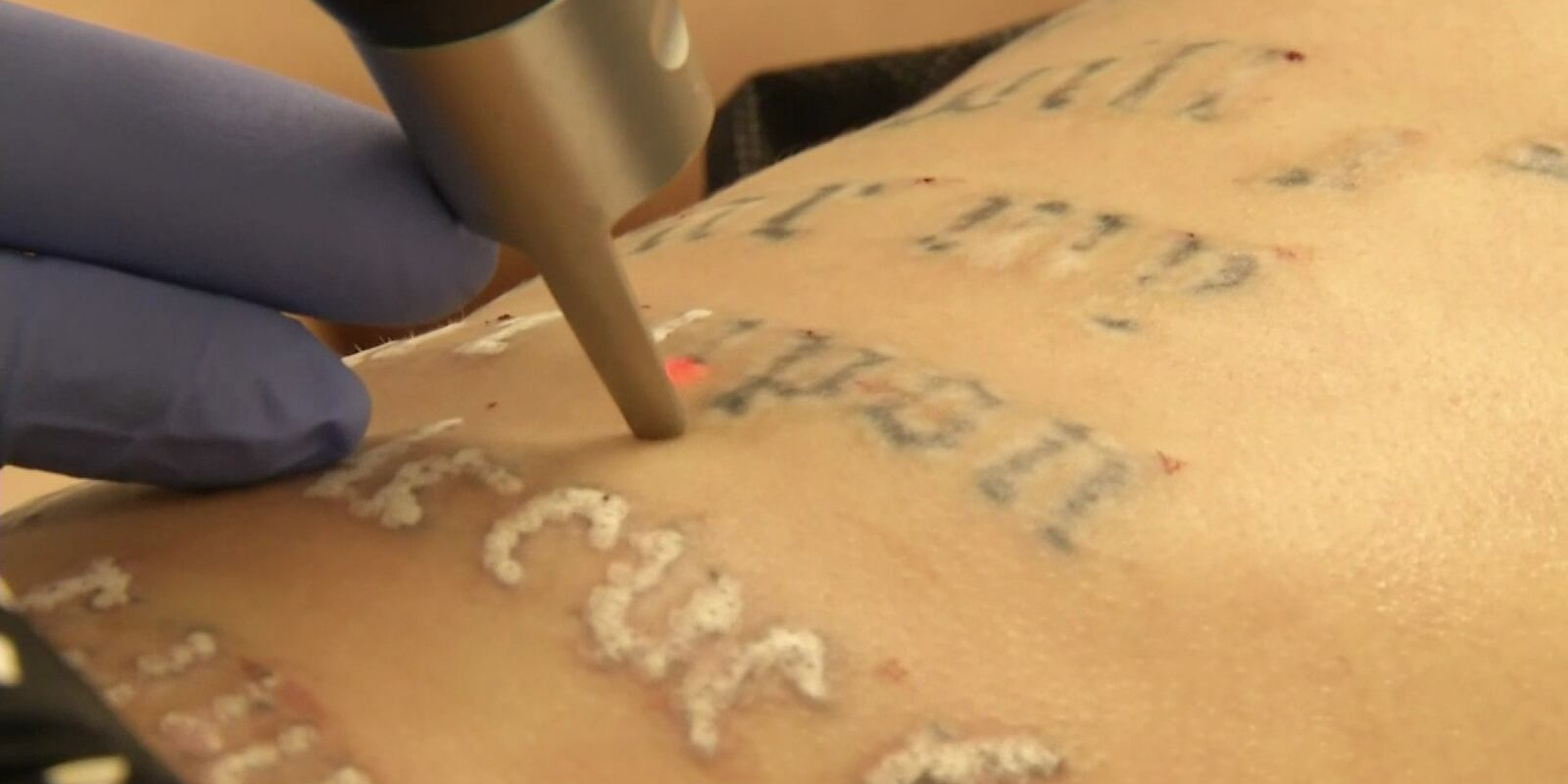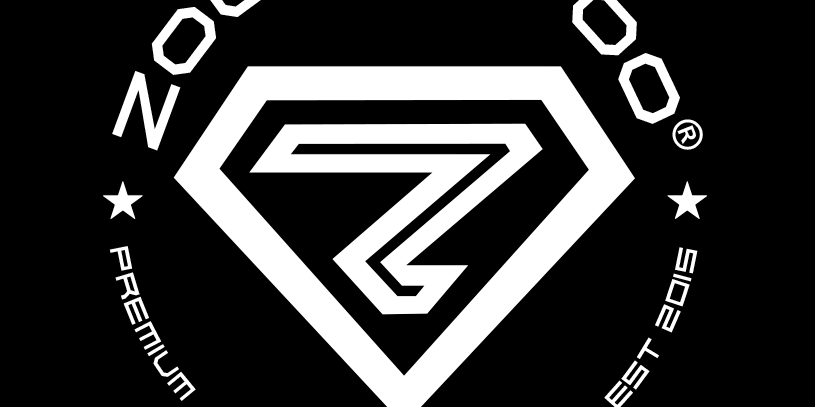Evolution of the Tattoo Gun: From Primitive Needles to Precision Machines

Tattoos have been an integral part of human culture for thousands of years, serving as symbols of identity, status, and personal expression. But have you ever wondered about the tools behind this ancient art form? The tattoo gun, also known as a tattoo machine, has undergone a remarkable evolution, transforming from rudimentary tools to precision instruments that have revolutionized the world of body art.
The Early Days: From Sharp Objects to Electric Needles
Tattooing traces its roots back to ancient civilizations, where early practitioners used sharp objects like bones, thorns, or sharpened sticks to puncture the skin and insert pigments. These crude tools were often painful and imprecise, but they laid the foundation for the art form we know today.
Fast forward to the late 19th century when the first electric tattoo machine was patented by Samuel O'Reilly in 1891. Inspired by Thomas Edison's electric pen, O'Reilly's machine automated the process of tattooing, replacing manual puncturing with an electrically driven needle. This invention marked a significant milestone in the history of tattooing, making the practice more efficient and less painful for both artists and clients.
Innovations in Design: From Coils to Rotary Mechanisms
O'Reilly's original design, known as the "coiled machine," relied on electromagnetic coils to move the needle up and down. This mechanism revolutionized the industry, offering artists greater control and consistency in their work. However, as technology advanced, so did the design of tattoo machines.
In the 1970s, tattoo artist Manfred Kohrs introduced the rotary tattoo machine, which replaced the electromagnetic coils with a rotary mechanism. This design reduced noise, vibration, and maintenance requirements while offering smoother operation and improved precision. Rotary machines quickly gained popularity among artists for their versatility and ease of use, contributing to the globalization of tattoo culture.
Modern Precision: Digital and Pneumatic Advances
Today, tattoo machines have reached new heights of precision and innovation thanks to digital and pneumatic technologies. Digital tattoo machines, equipped with microprocessors and advanced control systems, allow artists to fine-tune parameters such as needle speed, depth, and stroke length with unparalleled accuracy. This level of control enables artists to create intricate designs with exceptional detail and shading.
Pneumatic tattoo machines, powered by compressed air, offer another alternative for artists seeking precision and reliability. These machines are lightweight, quiet, and require minimal maintenance, making them ideal for long tattoo sessions and traveling artists. With pneumatic machines, artists can achieve consistent results without sacrificing performance or comfort.
The Future of Tattooing
The evolution of the tattoo gun mirrors the evolution of tattoo culture itself – a journey marked by innovation, creativity, and a relentless pursuit of excellence. From humble beginnings with primitive tools to the sophisticated machines of today, tattooing has transcended boundaries and become a global phenomenon.
As technology continues to advance, we can only imagine what the future holds for tattooing. From robotic arms capable of intricate designs to biocompatible pigments that interact with the body's chemistry, the possibilities are endless. Yet, amidst these technological marvels, one thing remains constant: the artistry and passion of tattoo artists who bring meaning and beauty to every design they create.

This article was brought to you by ZOOTATTOO® The world's premium vegan aftercare balms, creams, adhesive wraps, and cleansers. We only use high quality exotic Australian Organic Hemp Oil and complimentary botanical ingredients for when you're healing tattoos, scalp micro-pigmentation and laser treated skin.You won't look back!
0 comments
